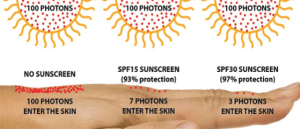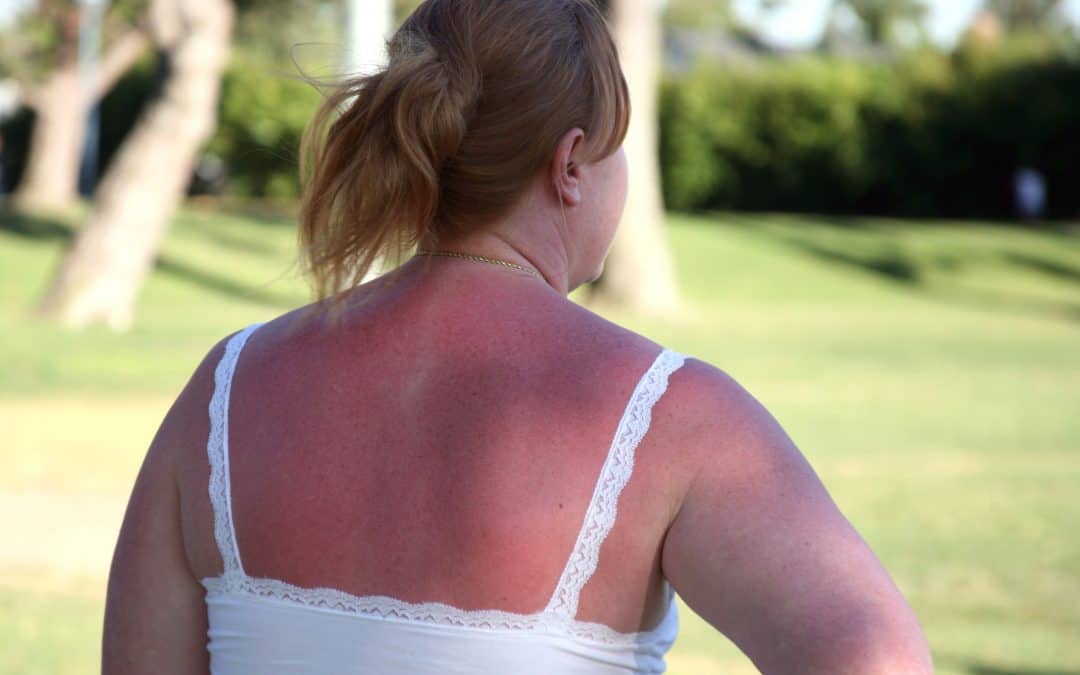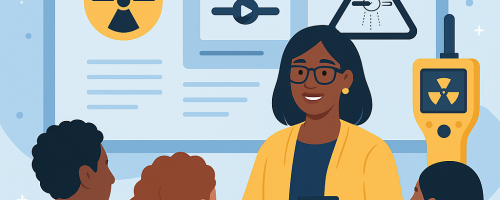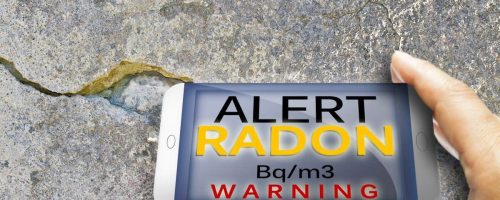What is a Suntan?
Pale skin was once considered a sign of prestige and beauty. In the early 20th century doctors began prescribing sun tanning to treat various ailments, including tuberculosis. Many still view sun-kissed skin as a sign of health and yet we slather our children in sunscreen before letting them out in the sun. So, should we fear the sun or not?
The sun gives off three wavelengths of ultraviolet light: UVA, UVB and UVC. UVC light doesn’t reach the earth’s surface. The other two types of ultraviolet light can penetrate the skin. Both UVA and UVB rays can cause skin damage.
Essentially, a suntan is the result of the body’s natural defense mechanism against the damaging ultraviolet sun rays. This defense mechanism is based on a pigment called melanin, which is produced by cells in our skin in response to exposure to UV rays. Melanin absorbs the ultraviolet light to shield cells from further damage, this resulting in a darker colour of skin.
A sunburn is the most obvious sign that you have been overexposed to UV radiation. Sunburn symptoms in humans include reddish skin that is hot to the touch, pain, general fatigue, and mild dizziness. However, sun damage isn’t always visible. Under the skin’s surface, ultraviolet light can alter your DNA. Over time, DNA damage can contribute to skin cancers, including potentially fatal cancers such as melanoma.
Does sunscreen help?
 Sunscreen protects skin from UVB rays, which is the kind of radiation that causes sunburn, damages skin, and can contribute to skin cancer. Broad spectrum, which doesn’t appear on all sunscreens, denotes that the sunscreen has been tested, and also provides UVA protection. UVA rays can penetrate deeper into the skin and cause premature aging and sun spots.
Sunscreen protects skin from UVB rays, which is the kind of radiation that causes sunburn, damages skin, and can contribute to skin cancer. Broad spectrum, which doesn’t appear on all sunscreens, denotes that the sunscreen has been tested, and also provides UVA protection. UVA rays can penetrate deeper into the skin and cause premature aging and sun spots.
The SPF (Sun Protection Factor) number is a measurement of how well the sunscreen will protect you from UVB rays
Some tips on applying sunscreen:
- Apply sunscreen about 30 minutes before going outside, roughly 30 ml (1 ounce) per adult body.
- Reapply every 2 hours, or more frequently if you are sweating heavily or swimming
- If swimming, use a water-resistant sunscreen (designated in 40 or 80-minute periods)
- Use sunscreen even on overcast days because UV rays can penetrate clouds
- Do wear a wide-brimmed hat
- Do wear sunglasses that are close-fitting, wrapround, with UV protection. (UV radiation can also damage the eyes)
People who do get sunburnt repeatedly are at a higher risk of getting skin cancer.
Precancerous skin lesions appear as rough, scaly patches in areas that have been damaged by the sun. They may be whitish, pink, tan or brown. Do see your doctor if you notice a new skin growth, a bothersome change in your skin, a change in the appearance or texture of a mole, or a sore that doesn’t heal.
Are self-tanners safe?
Self-tanners contain an ingredient that stains the outer layer of skin. Be aware that self-tanners aren’t the same as sunscreen and don’t offer protection from sun damage.
What about tanning lamps, booths or beds?
Tanning lamps, booths and beds have grown in popularity and enable people to maintain a tan year-round. Unfortunately, despite being indoors, these devices also emit UV radiation so they are not risk-free.
There are some benefits to being out in the sunshine; UV is needed by our body to produce vitamin D which strengthens our bones and muscles and the sun has been known to lift one’s mood. We just mustn’t underestimate the drawbacks of being out in the sun too long, or without adequate protection.
Find more resources about Radiation Safety here.







